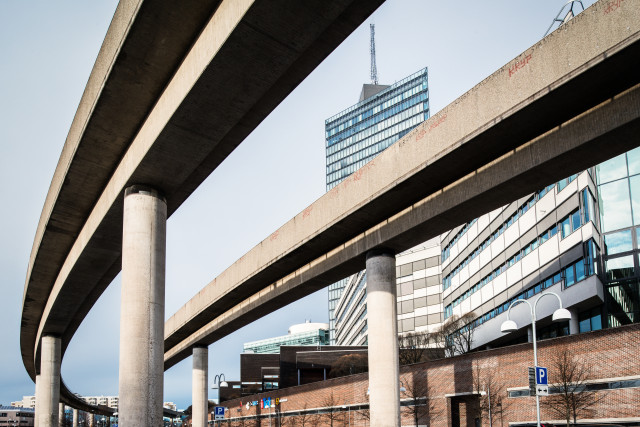Fluids: fundamental concepts
Fluid properties, Pressure, Surface tension, Viscosity.
Fluids at rest: Hydrostatics
Pascal law, Stevino law, Manometers, Force on submerged plane surface, Force on submerged curved surface.
Fluids in motion: Dynamics
The continuity equation, The Euler’s equation, The Bernoulli Equation, The momentum equation.
Fluids in conduits: Pressure flow
Laminar and turbulent flows in pipes, Reynolds number, Darcy-Weisbach equation, Moody chart (distributed head losses), Minor (local) head losses, Flow/machine energy exchange.
Fluids in rivers: open channel flow
Uniform flow, Non uniform flow, Specific energy, Flow regimes, Hydraulic jump, Water surface profiles.
Basic concepts in applied thermodynamics and refrigeration cycles include heat pumps.
Heat transfer for fluid flow in pipes/ducts and heat exchangers.
